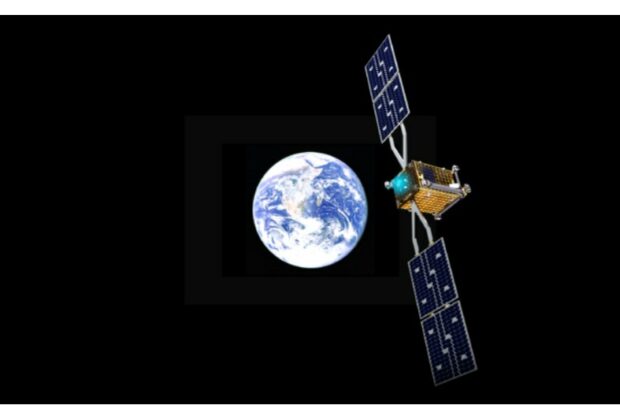A $37.5 million deal has been signed by the startup Starfish Space and the U.S. Space Force to construct, launch, and manage the Otter satellite maintenance vehicle in geostationary orbit by 2026.
The Assured Access to Space program office of the Space Systems Command awarded the four-year contract, which is known as a STRATFI (Strategic Funding Increase) arrangement. It combines $30 million in venture capital investment with $37.5 million in government funds.
The Defense Department uses STRATFI agreements to close the financial gap between research and development of new technologies and their practical implementation.
Col. Joyce Bulson, director of servicing, mobility, and logistics at Space Systems Command, stated in a news release on May 20 that “this project is another step forward in delivering what our warfighters require in sustained space maneuver.”
‘Augmented Maneuver’
According to Bulson, the Otter spacecraft will showcase its ability to offer military satellites “augmented maneuver options.”
The majority of DoD satellites in GEO are not very good at moving around. By docking and latching to the client satellite, the Otter spacecraft would provide augmented maneuver. Then, using Otter’s own propulsion systems, it would provide the military satellite a push or a pull to make precise movements or orbital changes.
Former Blue Origin and NASA engineers launched Starfish Space in 2019, with its headquarters located in Kent, Washington.
The Otter vehicle will be used by the business to provide commercial services. The company said in a statement on May 20 that the spacecraft can rotate government satellites while they are connected together. It can also dock with unprepared or unconfigured satellites. “This augmented maneuver service with Otter will improve resilience, tactical responsiveness, and strategic flexibility of U.S. assets on-orbit in support of national defense priorities.”
Additional Potential Uses
In order to improve its ability to maneuver satellites in orbit, the Space Force is considering a number of solutions. One choice is refueling while in orbit. Another is to use spacecraft such as Otter for servicing. “In addition to enhanced maneuver, there are many other uses for Starfish Space’s Otter, including orbital transfer, station-keeping or life extension, and finally orbital disposal, which guarantees access to important orbital slots while exhibiting acceptable norms in space,” stated Bulson.
The precise government assets that Otter’s first mission was intended to attack are still unknown.
SpaceWERX, the Space Force’s technology branch, has awarded multiple Small Business Innovation Research contracts to Starfish Space in recent years. The business attempted to launch a low-Earth orbit demonstration mission called “Otter Pup” in 2023, but it encountered an anomaly and failed to complete.
Trevor Bennett, co-founder of Starfish Space, stated, “Starfish looks forward to collaborating with the Space Force to build the capabilities required to enable dynamic space operations,”
“We can match private capital from our investors with government resources and acquire new capabilities quickly thanks to the STRATFI program,” he stated. The government’s aspirations to combine commercial services with DoD activities will be aided by the Space Force mission.








